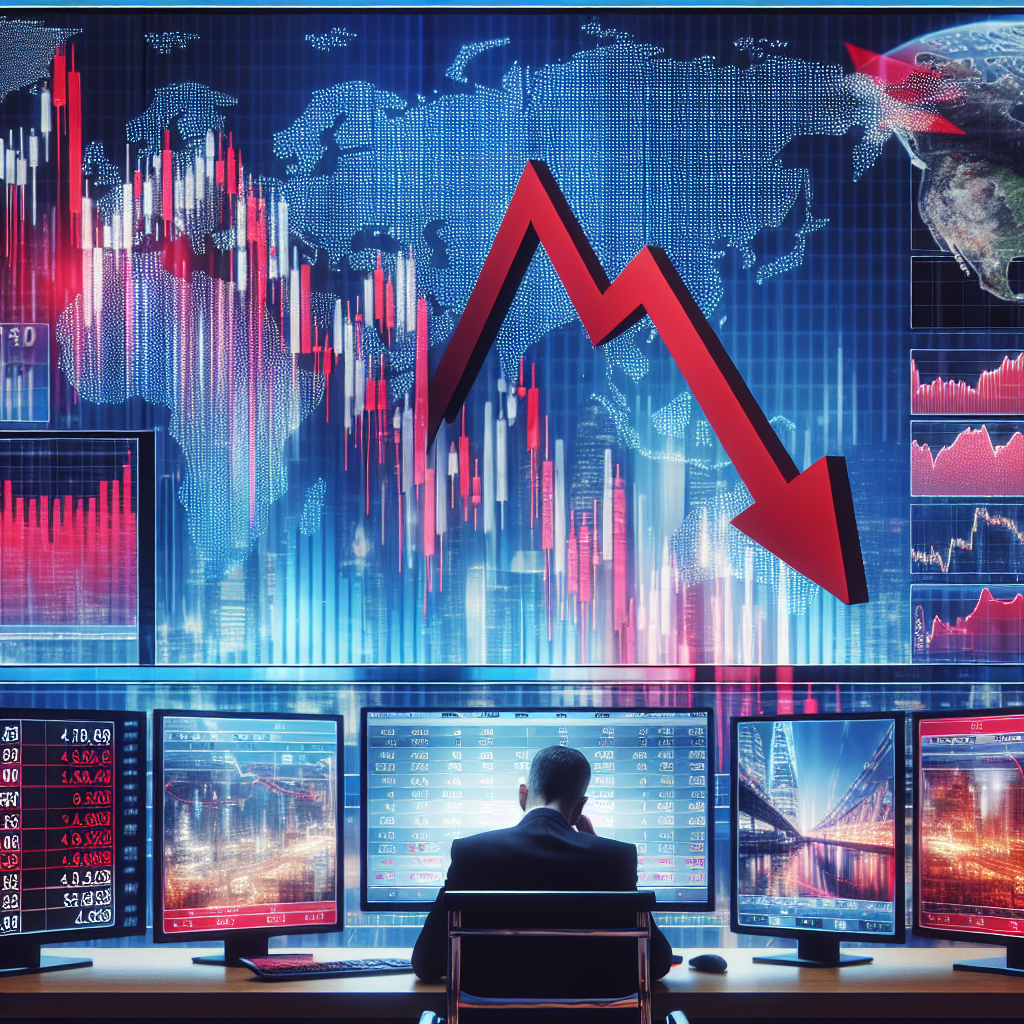Market Turmoil Follows Tariff Announcement
Markets were rattled this week as former President Donald Trump unveiled a sweeping plan to impose new tariffs on a broad range of foreign imports, sending shockwaves through Wall Street. The announcement led to an immediate decline in stock prices, adding to investor anxiety already heightened by a weaker-than-expected jobs report released the same day.
Trump’s Tariff Strategy: A Controversial Economic Maneuver
The former president’s proposal included broad-based import taxes aimed at several of America’s key trading partners. Trump argued the new measures were necessary to “protect American industries and jobs,” citing concerns over trade imbalances and unfair competition.
However, the details of the tariff rollout remain vague, contributing to uncertainty in the financial markets. Investors fear retaliation from affected countries, disruptions to global supply chains, and increased inflationary pressures — all of which could hinder economic growth just as the United States is grappling with sluggish recovery trends.
Immediate Market Reaction
Stock indices across the board deteriorated rapidly following the announcement:
- Dow Jones Industrial Average: Dropped over 500 points within hours.
- S&P 500: Fell by 2.3%, marking its worst single-day performance in months.
- Nasdaq Composite: Tumbled 2.7%, led by losses in manufacturing, tech, and retail sectors.
This downturn wasn’t solely due to tariffs, but the timing exacerbated investor concerns. Paired with disappointing labor market data, it painted a gloomy picture for near-term economic momentum.
Jobs Report Amplifies Economic Fears
On the same day Trump’s tariff plan was revealed, the U.S. Labor Department released a jobs report showing only 120,000 new jobs were added in July — far below economist expectations of 175,000. Wage growth also remained relatively static, providing little relief to consumers already battling rising prices.
As a result, fears of stagflation — the unusual economic condition where inflation is high but growth and employment are stagnant — have begun to resurface in analysts’ discussions.
What the Reports Signaled
- Job Growth: Slowed across manufacturing and retail sectors, which are expected to be hardest-hit by potential retaliatory tariffs.
- Wage Growth: Increased only 0.2% month-over-month, not enough to offset inflation concerns.
- Unemployment Rate: Held steady at 4.1%, suggesting a pause in labor market improvement.
These data points suggest consumers may curb spending, which could in turn cool economic activity at a time when the U.S. is trying to maintain momentum and avoid recession territory.
Investor Sentiment and Global Impact
Reaction from financial institutions was swift. Major banks downgraded growth forecasts, and market strategists warned that even the threat of tariffs could spook businesses and disrupt future investment plans.
Morgan Stanley issued a note stating, “The timing of proposed tariffs amid softening labor data raises the probability of a significant economic slowdown in Q4.”
Globally, trading partners began expressing concern over potential trade disruptions. The European Union and China have already hinted at retaliatory tariffs on U.S. agricultural goods and energy exports, escalating the risk of a new trade war.
Industries on High Alert
Industry leaders from several sectors voiced concerns, including:
- Automotive: Global automakers fear increased costs and supply shortages.
- Retail: Big-box retailers may pass increased import costs onto American consumers heading into holiday season.
- Agriculture: U.S. farmers may lose key export markets as international buyers look elsewhere.
Political and Economic Outlook
Trump’s tariff push has ignited a heated political debate, especially as the country approaches the upcoming presidential election season. Proponents argue that resetting trade relationships is essential for long-term independence and domestic production. Critics warn that tariffs are a blunt-force economic tool that often backfire, hurting consumers and businesses alike.
Meanwhile, economists are calling for a measured approach.
What Experts Are Saying
- Julian Evans-Pritchard, Capital Economics: “Tariffs may offer symbolic political wins, but in practice, they act like taxes on American consumers.”
- Lisa Cook, Board of Governors of the Federal Reserve: “We must carefully weigh inflationary risks — any misstep can rapidly deteriorate economic stability.”
Conclusion: Volatile Days Ahead
The confluence of tariff threats, a weak labor market, and renewed global trade tensions spells a rocky road ahead for investors and policymakers alike. As the U.S. balances the pursuit of trade reform with the need for economic stability, the coming months will be crucial in determining whether these protectionist policies will solidify America’s role in the global economy or isolate it.
For businesses, consumers, and investors — staying informed and agile will be key.



Leave a Reply